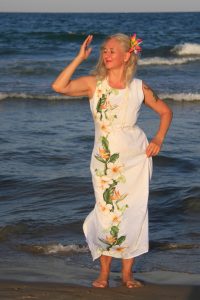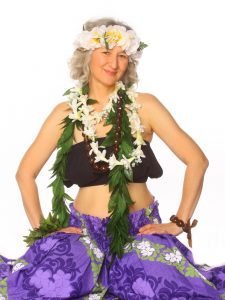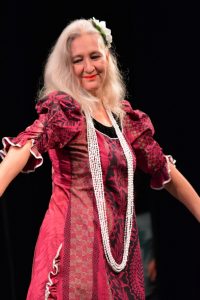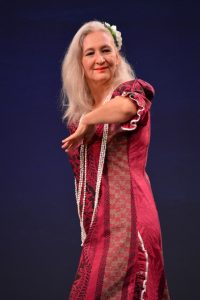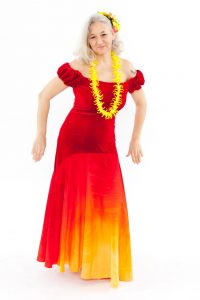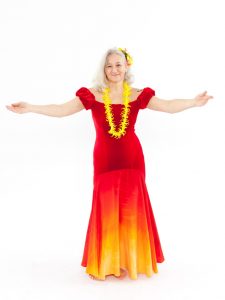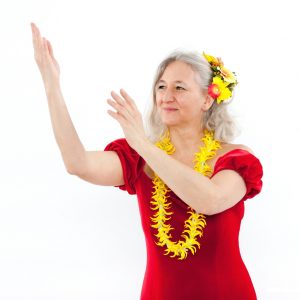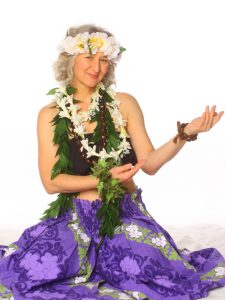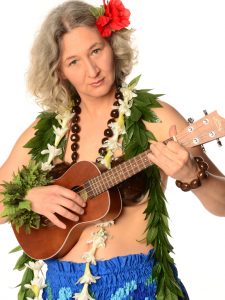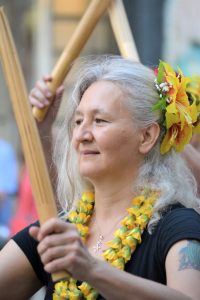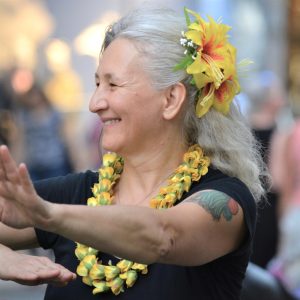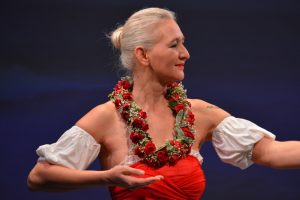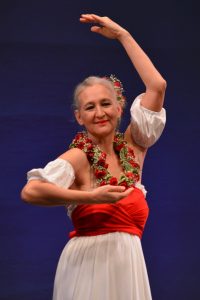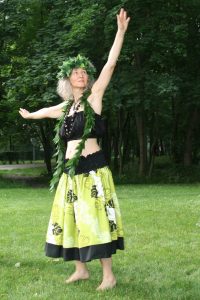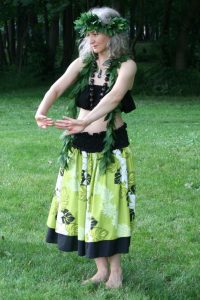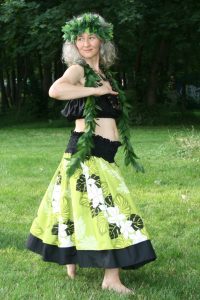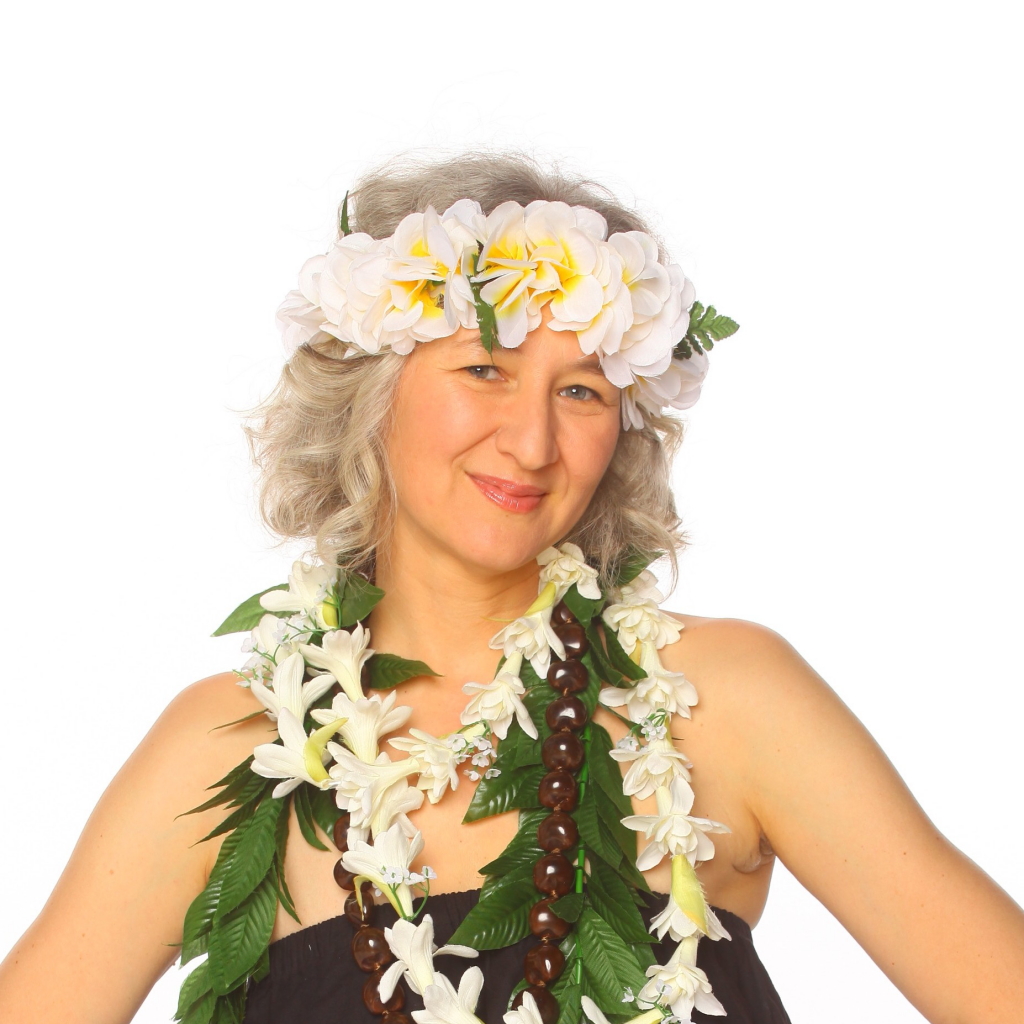
The heartbeat of the Hawaiian people
David Kawika Kalakaua, the last king of Hawaii (1836-1891), described the Hula dance as the heartbeat of the Hawaiian people. Hula was de facto banned after the arrival of the first missionaries on the Hawaiian Islands (starting from 1820). It was not until 1883 that the Hula dance was officially allowed again and performed publicly at Kalakaua’s coronation ceremony.
The reintroduction of Hula was also the birth moment of the modern dance style, Hula Auana. In contrast to the original Hula Kahiko, which is still danced, having exclusively Hawaiian texts in a kind of spoken chant (sprechgesang), accompanied by drums which build a strong rhythm structure and which has rather martial, powerful movements, the Hula Auana is softer and sweeter, more melodious and the texts can be in English or Hawaiian, sometimes also mixing both languages.
Hula is a descriptive dance. In doing so the stories of Hawaii are told with the hands and the entire body. This means that universally understandable gestures are used to show what the song is about. Hula dance has nothing to do with hula hoops.
I have been teaching this wonderful dance since 2013 and perform alone or together with several hula colleagues, gladly also at your birthday party, wedding, company party or other occasions. Please just send me a request, if you’re interested.
I am happy to hold private workshops in small groups with your friends – men are just as welcome and men dance hula in Hawaii as a matter of course.
Here you can register for the monthly newsletter.
Here you can see one of my hula videos, a classic that (almost) everyone knows – Blue Hawaii by Elvis Presley. You can find more videos on my YouTube channel.



